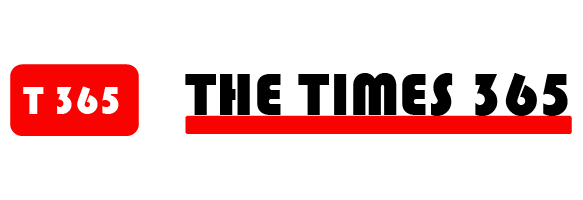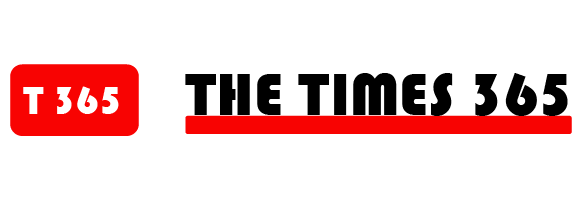On the morning of Monday, Aug. 18, 1969, during the last set of the Woodstock festival, Jimi Hendrix wielded a white Stratocaster to play “The Star-Spangled Banner.” His guitar solo was one psychedelic peak in a long heritage of experimentation. Almost as soon as guitars were first amplified in the 1930s, musicians began messing with their equipment to create brash tones — from poking holes in speaker cones to increase distortion to plugging into a Leslie speaker, which had horns rotating in a hefty refrigerator-size wooden enclosure, the resulting Doppler effect making the guitar sound rich and otherworldly.
At Woodstock, Hendrix ran his guitar through a small gray-and-black box called a Uni-Vibe, which had been manufactured the year before by the Shin-ei company. It simulated the effect of a Leslie via controls at Hendrix’s feet. With the Uni-Vibe and other effects, his guitar could sound like the whirling rotor blades of a U.S. Army helicopter or bursts of gunfire. He punctuated the anthem’s melody with shrieking, swooping interjections that carried “bombs bursting in air” into the Vietnam War era.
Shin-ei’s gadget was a harbinger of the ways Japanese technology would help define the sound of Western music. Even as it would eventually influence world-conquering genres like K-pop, Japanese pop rarely crossed over to a large Western audience; then, as now, the vast majority of domestic hits in Japan were sung in Japanese. But the Japanese affinity for efficiency and practicality would provide tools to create new sonic vocabularies, from punk rock and hip-hop to electronic dance music and heavy metal. Without it, 21st century music simply wouldn’t sound the same.
The 1970s saw the reputation of Japanese-made products transformed. No longer did “Made in Japan” conjure cheap and flimsy goods, as it had for many years after World War II. Honda, Sony, Toyota, Panasonic, Kawasaki, Yamaha and Nikon became ubiquitous names in Western homes and highways. The rise of Japanese engineering extended to music too. Roland, the electronic instrument company founded in Osaka in 1972, established itself as a leader in the field. In 1974, it debuted a compact, reliable tape-loop device called the Space Echo, which would become a staple of avant-garde music, from the dub reggae of the Jamaican producer Lee “Scratch” Perry to the art-rock of Radiohead. Roland’s Jazz Chorus amplifier, introduced the following year, enthralled guitarists with both its clean tone and the rippling stereo washes of its built-in chorus effect. It was an essential flavor in punk, new wave and progressive rock. The guitarist Adrian Belew, who recorded with David Bowie, Talking Heads, King Crimson and Frank Zappa, once said that when he first heard it, “there was a shimmering clarity to every note,” adding, “To me, the stereo chorusing and vibrato were the single most beautiful guitar sounds I’d ever heard an amp produce.”
Companies like Boss — a division of Roland — and competitors like Maxon, Arion and Ibanez competed to devise circuits that gave foot pedals the capacity to create ever more flexible and startling sounds. Some had straightforward names like overdrive, distortion and digital delay; others flaunted instantly descriptive ones like Tube Screamer.
It wasn’t just guitar players who benefited. Another Japanese product, the Technics SL-1200 turntable from Panasonic, released in 1972, would become essential to club D.J.s and rap producers for its sturdy build, accurate speed and pitch-shifting controls, ideal for beat making and scratching. Roland’s pioneering drum machine the TR-808 Rhythm Composer, which originated in 1980, was a tool that even untrained musicians could master. It has become a staple of pop production, its sound thudding and ticking and ratcheting through decades of music, from Marvin Gaye’s “Sexual Healing” and Afrika Bambaataa’s “Planet Rock” to Whitney Houston’s “I Wanna Dance With Somebody (Who Loves Me)” and Kendrick Lamar’s album “GNX.” As the pop star Halsey sings in her 2019 single “Clementine,” “The 808 beat sends your heart to your feet.”
And when digital technology transformed music in the 1980s, Japan was at its core. Yamaha’s DX7 synthesizer, an early affordable digital keyboard, had preset sounds that were ubiquitous in 1980s pop and now trigger instant nostalgia. Japanese companies were quick to embrace — and lower the price of — the emerging technology of sampling, which could make any recorded sound available at the push of a key or a button. The CD, first sold in Japan in 1982, was a joint project of the Dutch company Philips and Sony, which also made music more portable with the introduction of the Walkman in 1979. MIDI, introduced in 1983, was developed primarily by an American, Dave Smith, and by Ikutaro Kakehashi, the founder of Roland; it’s the standard that allows countless electronic instruments and computers to connect, a communications infrastructure that’s now so ubiquitous it gets taken for granted. These contributions rarely call attention to their presence. But quietly and pervasively, Japan changed music forever.






